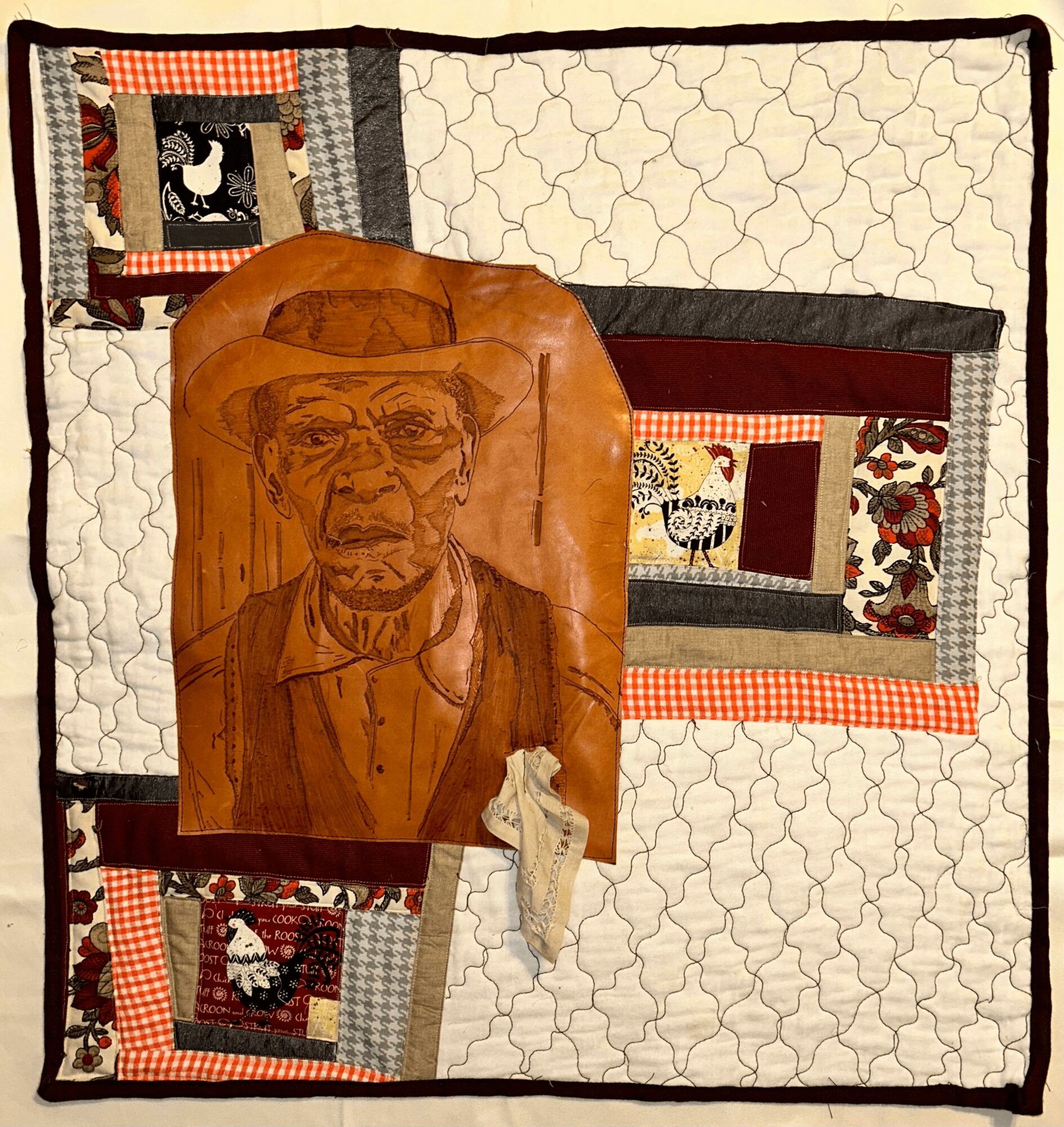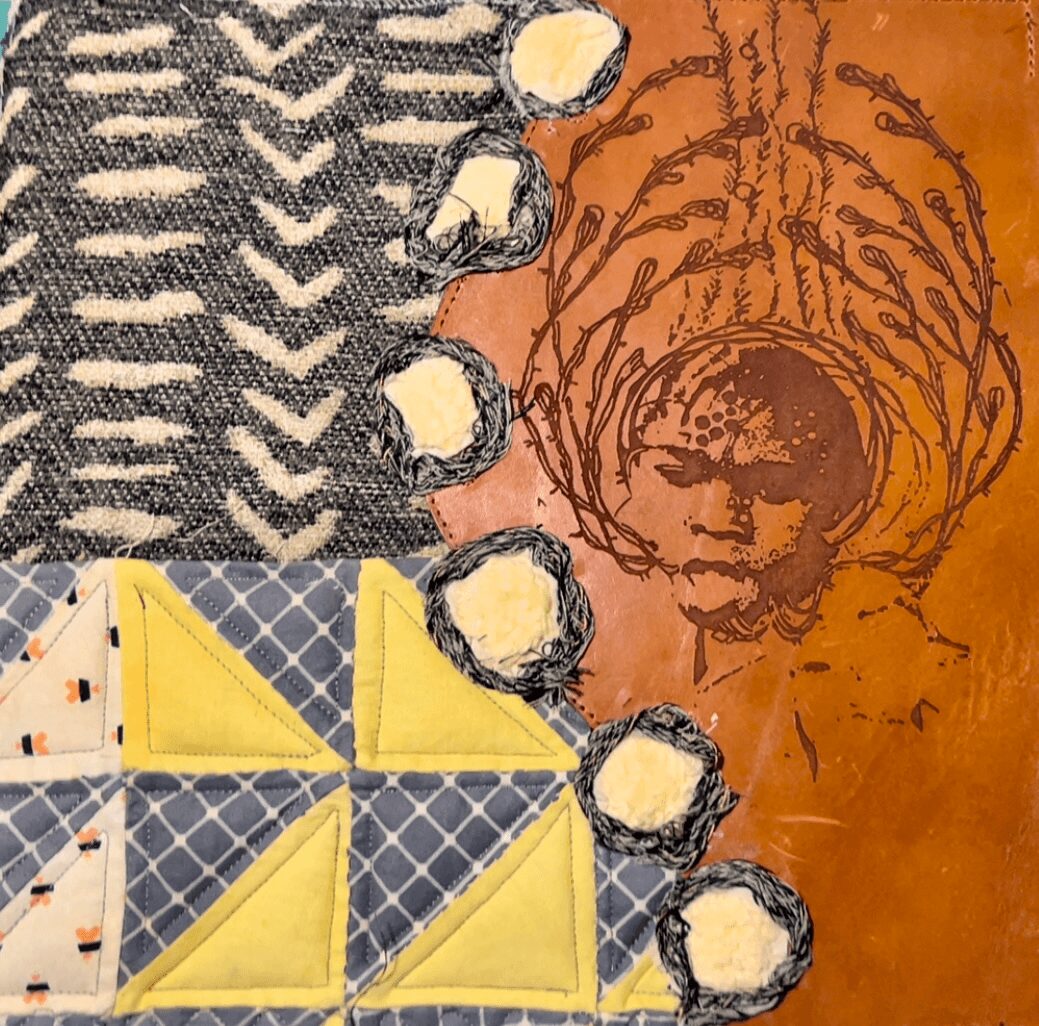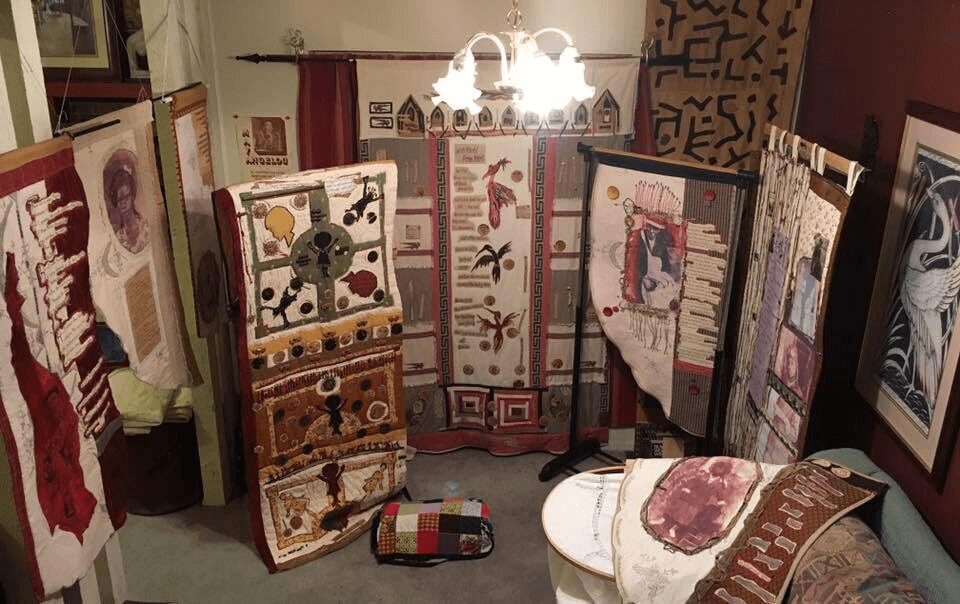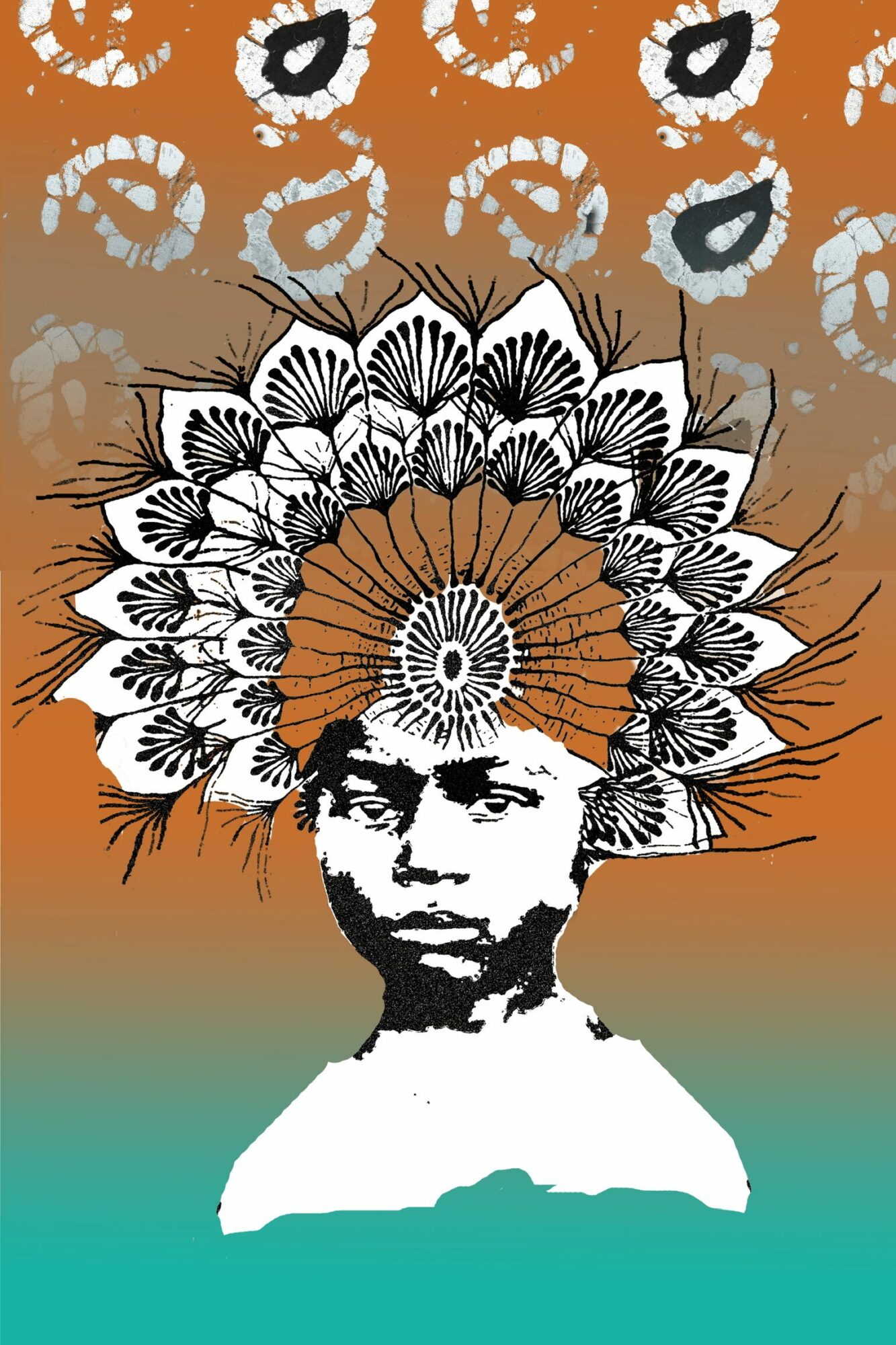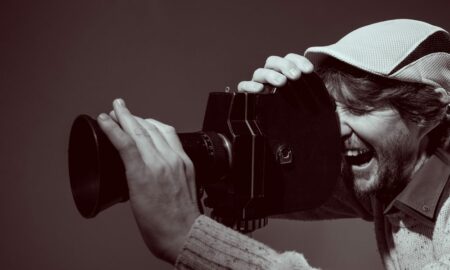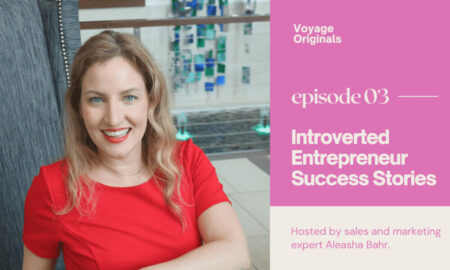

Today we’d like to introduce you to Jas Mardis.
Hi Jas, thanks for sharing your story with us. To start, maybe you can tell our readers some of your backstory.
“Starting” is a funny word when it comes to being an Artist, in particular, being an African American/Black Artist. I was born in ElDorado, Arkansas, with both sets of Grandparents living in the State but 200 miles apart. My parents were divorcing not long after I was born as their fourth child, but first son. During those years, we lived with my mother’s parents in Little Rock while my mother pursued a life reboot in Dallas, Texas, with her sister, Malveis. My Grandmothers loved each other dearly and had great respect that we children absorbed and mimicked. So, at least three times a year, we would be bundled into the station wagon and drove the two hundred miles to my father’s parents for a weekend visit.
Remember the part about mimicking my grandmother’s love and respect? Being the first grandson, I was encouraged by both grandmothers and given tremendous attention. My Mother’s Mother is Luevenia (Fears), and she was a natural storyteller with a remembrance of life events and connecting those times to her relationship to GOD. For me, she was also very sure to always speak glowingly of how much my father’s mother, Adla (Phillips), was praised for her quilt-making around ElDorado. So, on those trips one of the first things I did was tell the praises!
Both Grandmothers inhabit my Artistic arc, and I carry their ideas and ideals with me even until this very day. Telling Ms. Adla of her legendary prowess meant that she took me underfoot and gave me impromptu lessons on piece-making using her paper patterns cut from the newspaper. Some may remember a time when Newspapers published a quilt block a month for the ladies to practice their quilt-making. It’s actually where we get “Quilt Samplers”. Grandma Adla would teach me how to cut the fabric to pattern and stitch them into a block. On the way home, I was given a grocery bag full of fabric and thread to practice making blocks. Those sewing lessons came with stories that I told Grandma Luevenia all the ride home while we fished and any other time we talked back home.
So, that’s how you start on the journey to being a poet, writer, radio commentator, quilter, orator, and leather pyrography artist.
In my youth, back in middle-class Oak Cliff, Dallas, Texas, during the 1960s -thru-1979, when I graduated high school, we were part of a later migration. My Mother remarried, a man from Arkansas, and we lived in a world populated by others from “downhome”. What that translated to for me was a familiarity with storytelling and claiming all the benefits of knowing family and friends as family. At some point, it became important to me to find the “family story” in what I shared around me. I wasn’t even thinking about art or writing creativity. I found myself being a talkative and explorative kid; in addition to having the same athletic explorations as every other boy. Because I was comfortable talking to adults they talked back and spent time encouraging me. Occasionally, other artistic boys crossed my path and I fed off of their drawings and poetic gifts. You have to recall that this was the late 1960s and on the coattails of the Black Revolutionary and Literary days. It is hard to imagine this, but once there were Black American Hero classes in the public schools. We were getting it in the streets and in the schools. I took in everything from Gwendolyn Brooks and Langston Hughes to Romare Bearden and Shirley Chisolm running for President. It was a great time to explore all of our talents.
My first art was in Church and School Oratorical/Speech contests. I’ve always had a gift for speaking and retold my grandmother’s stories, along with jumping into the African American folklore (Stagolee and Shine on the Titanic) and The Dozens (yo mama jokes). Once I heard Langston Hughes’ work and the whole Harlem Renaissance narrative, it was a natural progression to try my hand at poetry. My Middle School English Teacher, Miss Mona Gedney, and one of the Counselors, Miss Barbara Bostic, faxed an essay I had written to the local Black newspaper, The Dallas Post Tribune, when I was thirteen. It was titled “One Man’s Opinion of Black Advancement,” and they published it without revealing my age. It was well received in the Community and got a lot of feedback. That same year, I had two poems selected for awards in one of the National Poetry Awards, maybe out of Pittsburgh, and things just kept moving along that stream.
I was still sewing Adla’s bag of fabric into blocks and completed a few quilt tops, but you can imagine that a teenaged boy was not promoting his sewing skills between tackles and reading James Weldon Johnson’s, “Go Down Death” poem in assembly. However, during the school year, the writing and oratorical contests really catapulted me with opportunities to speak at schools and at various events around town, not to mention the occasional publication or poetry prize.
That path eventually led me to being invited to write for the local newspapers in Dallas before the Dallas Times Herald shuttered and other publications. I was a popular attraction at Poetry and Literary events, not today’s spoken word, and had a few years as a Reader from the stage for a local Selected Shorts-Sister program at the Dallas Museum of Art when it started up. During that same time, I was invited to contribute social commentary to the local PBS affiliate-KERA 90.1fm Morning Edition program and various Public Radio opportunities as a Writer, Poet, and Thinker. In 2014, I was inducted into the Texas Literary Hall of Fame for all my efforts. Often, when the wheel is spinning, it is hard to keep track of how all of these opportunities reveal your expanse to others. During a dinner for one of the publications, I was telling the story of sewing blocks and sending them home for my grandmother to critique and Dr. Harry Robinson, founder of the African American Museum of Dallas invited me to submit a quilt for an exhibition. That quilt was in the entrance and received a front page of the Arts Section photo feature.
In time, the trajectory of my quilting and fabric art practice mirrored the one of my writing poetry, and storytelling. At various times, I have been invited to tell a story and I subsequently use fabric. Now, I’m a “multidisciplinary” as I include drawing portraits on leather. It is a self-taught skill that comes out of that same desire to find family in drawing and sewing.
We all face challenges, but looking back, would you describe it as a relatively smooth road?
I will turn 63 on July 19th, and looking back over the years of doing this writing and art life, I cannot say that any part of the journey has been a struggle. I was never meant to have a New York CIty or Bay Area art practice and reach the heights of an Art career. I come from a place where art is life. We create without knowing it was something with a name. Art is joyful and self-affirming in the lives of my folk. Somehow, someway, somebody picked me out of the crowd and put a gold star on me that keeps getting buffed.
There is one struggle that I had to admit to myself a long time ago. Whenever I have been sought out and promised monetary benefit as a partnering venture, it has failed every time. I’ve not been successful with creating on another person’s schedule or within the boundaries that such a partnership expects.
Appreciate you sharing that. What else should we know about what you do?
My current art practice is as a Fabric and Leather Pyrography Portrait Artist. I make fabric art quilted works and include portraits drawn on leather with a burning tool. I also include narrative text within the work. After being inducted into the TX Literary Hall of Fame in 2014, I wanted to bring the quilting to the fore again, but in collaboration with the writing. Along the way, I scratched an itch to work with leather portraits as a way of embedding images and creating permanence for the subjects. I can do a lot with the landscape of fabric and techniques to allude, suggest or hint at something. By teaching myself to draw portraits on the leather and attaching that medium to the fabric medium, I stake an emotional claim. I’m asking you to tie the art to that particular image. It certainly is an identifier that sets me apart from the crowd.
I also have a canvas print series, “Just A Crown: 40 of the Crowns that Black Women Wear in their Lifetime.” Crowns represent the various personalities that Black Women embody and are gifted with throughout their girl-to-elder lives. Everybody knows “MaDear,” but as a girl, she experiences a crown of suspicion, jealousy, envy and all the other ways she is identified. That series explores 40 of those personalities.
Where do you see things going in the next 5-10 years?
In particular, the Fabric Artist is seeing a lot of dynamic growth for some, like Bisa Butler and that is great. Our greatest threat is AI being a fingertip experience and satiating the desires of buyers, even with the well-known errors and technical flaws of the tool.
As in all things with Art, we have to endure the idea, at every given moment, that the regular man on the street can do what Artists do. It is not true, but Society will forever struggle to appreciate, monetarily, the work of the Artist. More of the same “one-artist-at-a-time” models are to come.
Digital Artist, kids with iPads and apps, are a fad that is not going away easily. Even for me working with fabric and drawing on leather, I have to endure some guy sketching up a flat version of my ideas and convincing somebody to buy his flat digital version of a textile creation.
Contact Info:
- Website: jasmardis.com
- Instagram: jas mardis
- Facebook: jasmardis theartist
- Youtube: jasmardisart
